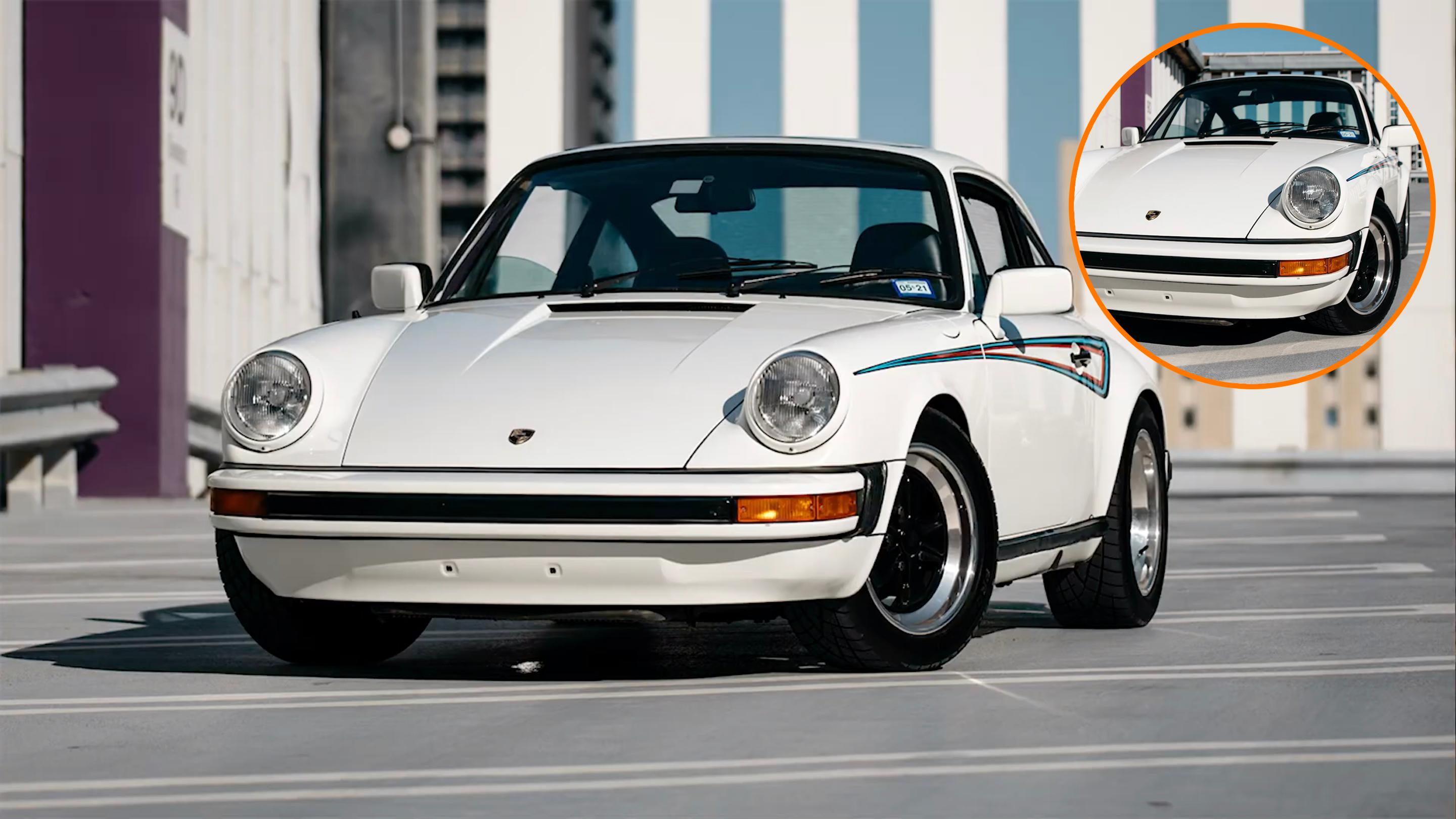A Simple Lens Trick For Making Cars Look Heroic
To get any kind of good car photo, you need a lot: time enough to find a good location, to wait for good light. But to get a hero shot, there's one thing that makes the job almost effortless. That's all to do with the lens on your camera and its focal length.
In any feature shoot, you're always looking for a hero shot of a car. The background fades behind. The car looms above, radiating presence. Some photographers will tell you to think about getting your body low, so that you're looking up at the car. But if you've tried that and wondered why your photos look less like a movie poster and more like an ant's point of view, it may just be because you're shooting with too "short" or wide of a lens.
That's not exactly the whole point of a new video from friend of Jalopnik Kevin McCauley. The video itself gives you a rundown on, more broadly, how different focal lengths make the same car, same angle, same time, same light, same location look so very different.
A wide lens will wrap the whole car around you. You'll see everything all at once, but it will look kind of distorted. As you start moving from wide-angle lenses to what are called "normal" lenses—say from a 14mm lens to a 24mm lens to a 50 mm lens—the car returns to sort of how your eye sees it. It looks natural. And as you get beyond normal lenses into long lenses, the car begins to take on a surreal quality. It starts to stand out from its environment. With nothing else changed, the car takes on an air of something extraordinary.
McCauley explains of the 200mm lens, "This just looks so... deliberate. If you can show the car at this focal length, it looks wall poster ready. Anyone looking at it can immediately tell, 'oh, you tried.'"
"Deliberate" is a key word there. It takes work, and it looks like it does, too. The exact same car shot setup will appear instantly more extraordinary with a longer lens.
Shooting with a long lens takes some more planning. I've done a decent amount of car shoots with a 300mm prime lens on my camera and you have to walk a long way back before the whole car is in frame. I don't pull it out unless I'm actually shooting a car on a runway. The 35mm prime that sits on my camera almost all the time can shoot just about anywhere. Even a 50mm takes a bit of work to get all your shots in line.
But it's a bit of a secret key to unlocking a hero shot you've been looking for and not finding. It's not the only kind of shot you want, but you should know how to do it and be comfortable pulling it off.
